Plastic waves: ecological disaster of the oceans
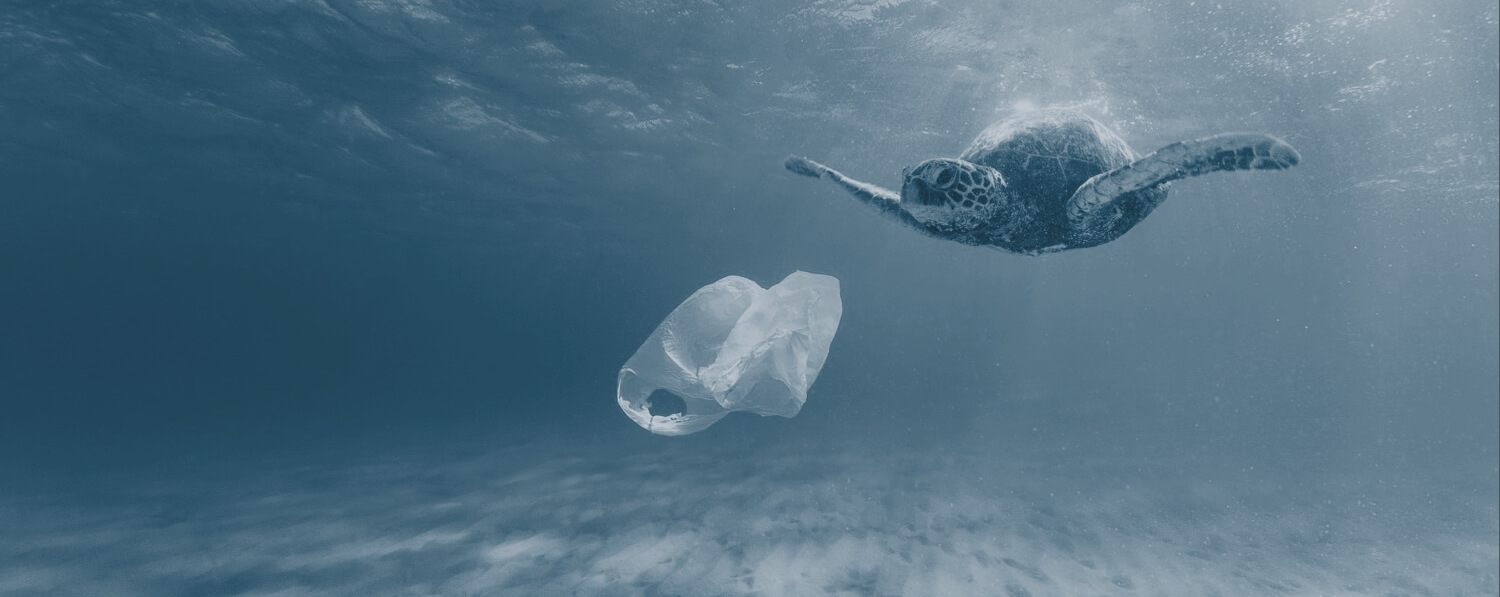
Remember, in the movie "The Fifth Element" was the president of planet Earth? Even when I first watched this excellent film, such a position surprised me, because it implies the fact that our entire planet is one big state. Such an option is extremely unlikely, because different countries, nations and social groups have always had and will have differences, different views on the future and sometimes outright hostility. And under the veil of civil strife and finding out who is stronger or who is more right, many do not notice a common problem for everyone. Whoever you are, wherever you live, the problem of ecology is always present.
The devastation is not in the closets, but in the heads. And to once again draw attention to environmental problems, scientists from the University of Tasmania have calculated the amount of plastic waste in the vicinity of remote and almost uninhabited, it is worth noting, islands. How sad everything is, what is the future of these islands and their ecosystems, and how to fix it? Answers await us in a study group report. Go.
Background
Over the past decades, plastic production has increased dramatically. About half of the plastic produced (3,900 million tons) was produced in the last 13 years. At the same time, about 40% of this huge volume in the same year turned into garbage (disposable bags, packaging, etc.), that is, it was used and not recycled.
In 2010, scientists estimated that 12.7 million tons of plastic, which is equal to 5.25 trillion units, fell into the oceans. And this is more than the stars in the sky, literally. According to preliminary forecasts, by 2025, the volume of plastic waste in the waters of the oceans will increase 10 times compared with 2010 data.

Such figures are no longer even shocking, because environmentalists from almost all corners of the planet talk about this almost every day. But many perceive these conversations more as a buzz of annoying flies than as an alarm. But you need to understand that if you hush up the problem, it won’t make it smaller, it will become even bigger.
When plastic debris is in the ocean, then under the influence of water, sunlight and waves breaks up into small parts that float there for many decades. According to the researchers, the characteristics that make plastic so popular (strength, durability, lightness, low cost of production, etc.) make it a serious threat to the environment, because most of the floating debris can no longer be caught. Therefore, it is necessary to concentrate not on cleaning, no matter how strange it may sound, but on preventing the appearance of new garbage. As they say, it’s purely not where they clean, but where they do not litter.
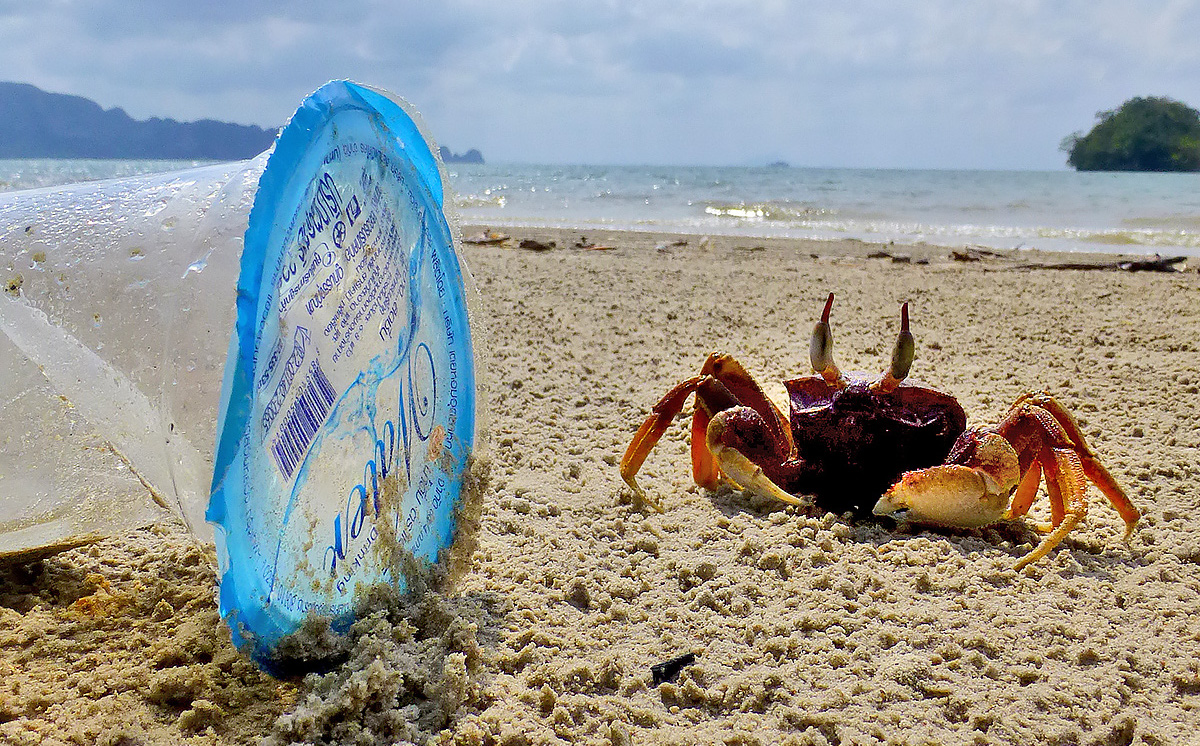
What is so terrible garbage in the ocean? Yes, a stupid question, but still. Plastic garbage negatively affects the flora and fauna of the oceans: from fish entangled in plastic bags to exposure to chemical elements present in the garbage material and released during decomposition.
Scientists from the University of Tasmania have decided to calculate the amount of garbage in some of the Cocos Islands.
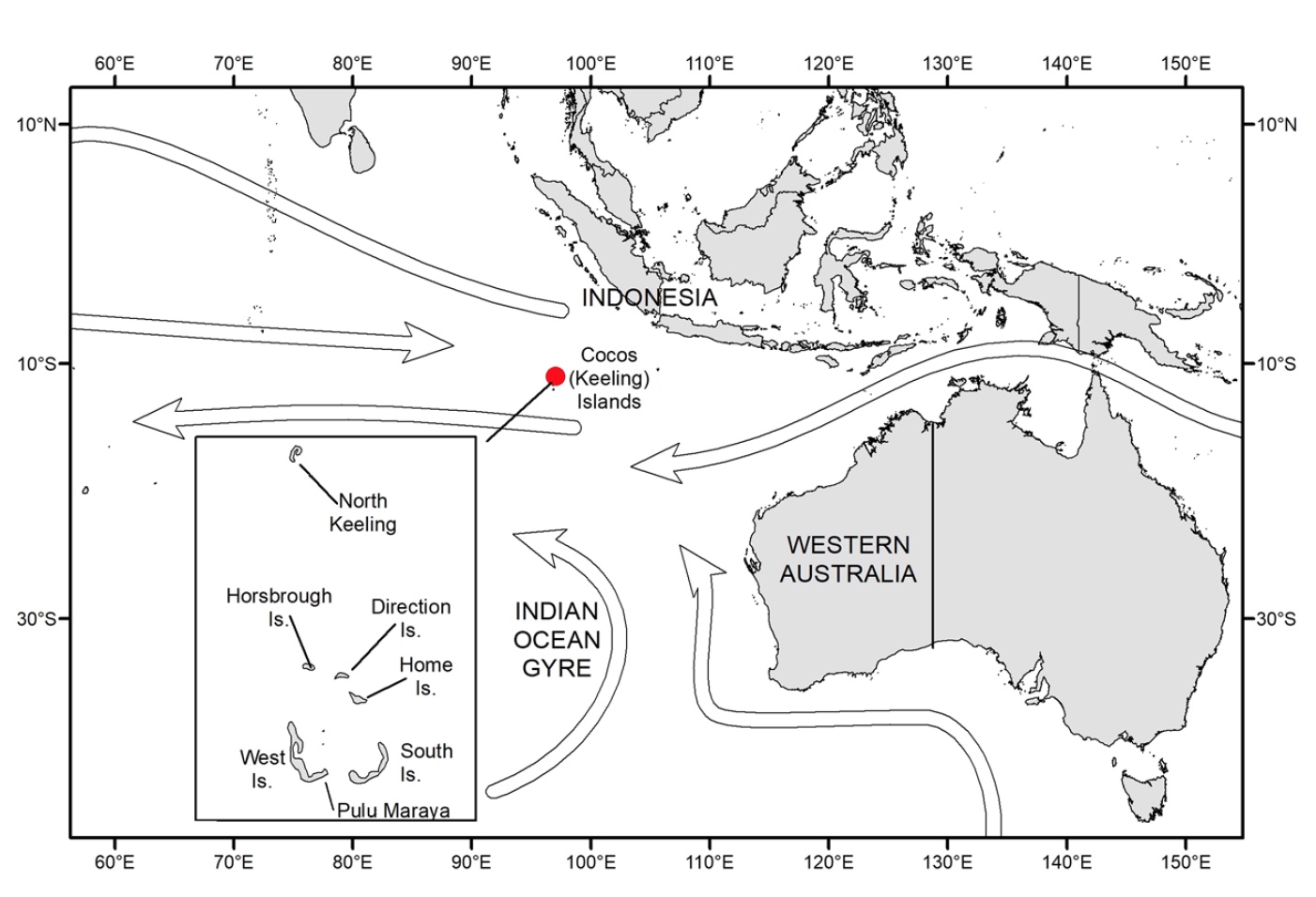
The location of the Cocos Islands and the direction of the main ocean currents (arrows).
Coconut Islands consist of 27 islands with a total area of 14 km 2 . These islands are located in the Indian Ocean, about 2100 km from Australia, to which they belong.
Coconut islands are divided into two groups according to the atolls to which they belong. The southern atoll consists of 27 islands, and the northern atoll is a single island, which is a national park. There are no inhabitants on this island (the population of the southern atoll is approximately 600 people), and tourists visit it quite rarely. But for birds of rare species, this small piece of land is a breeding and nesting site. One of these species is endemic (lives only in this region) Gallirallus philippensis andrewsi.
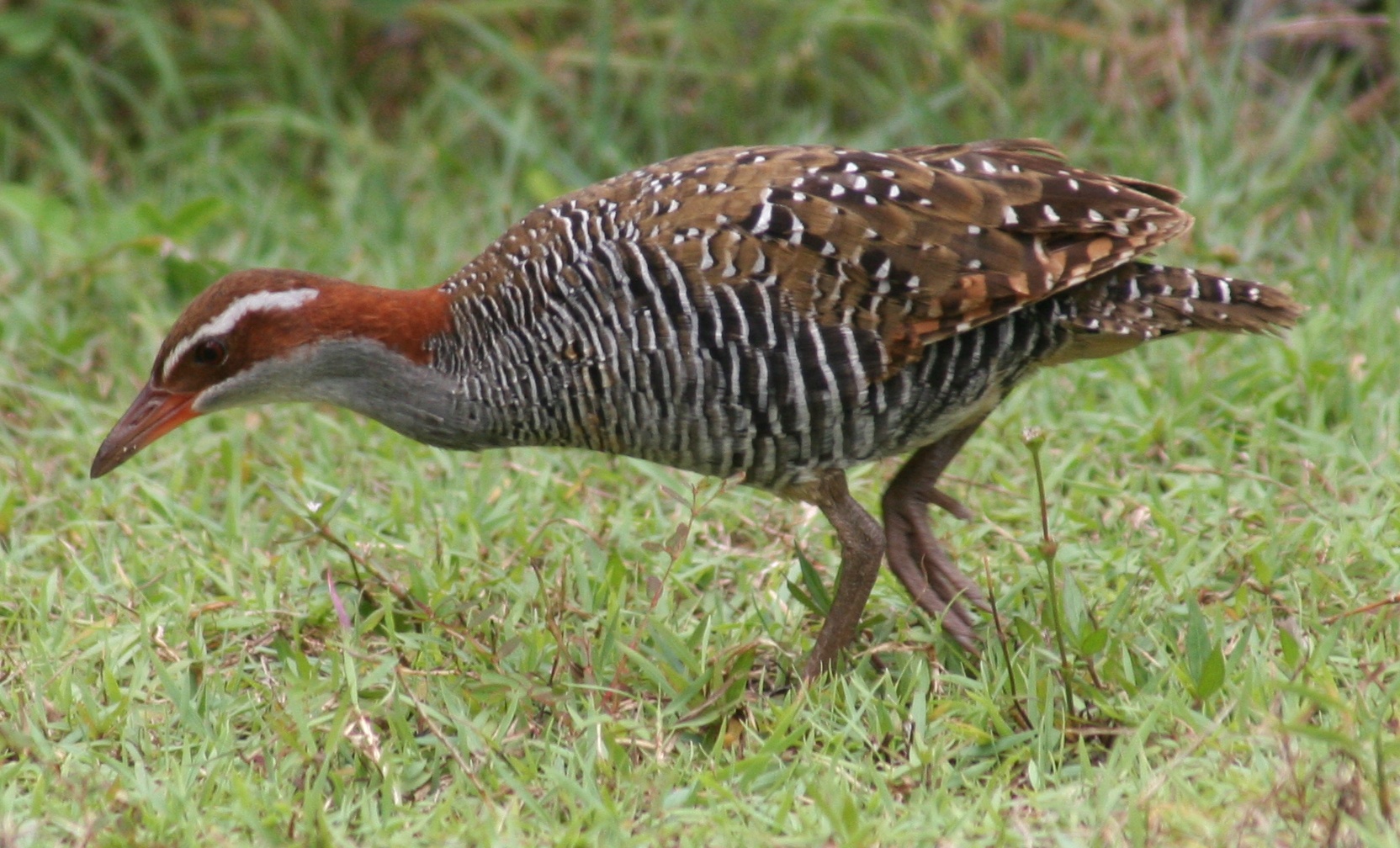
Gallirallus philippensis andrewsi
During the data collection, scientists visited 7 inhabited and uninhabited islands, which together occupy 88% of the land of Cocos Islands. Data was collected both on the shores from the side of the ocean, and from the side of the lagoon, which made it possible to evaluate different degrees of density of garbage.

Image 2: A is the east side of the South Island, B is the north side of the direction island, C is the coastal vegetation along the northeast side of Home Island, D is the plastic micro-trash (1-5 mm) along the east side of the South Island.
The collected garbage can be divided into two main categories: macro-garbage (more than 5 mm) and micro-garbage (2-5 mm). Samples were collected from 25 beaches, and the area of the fence was about 1100 m2 . Contamination was also assessed by debris located in the ground (depth up to 10 cm).
The collected garbage samples were measured, weighed and classified by type (plastic, glass, wood, etc.).
Research results
In total, 23,227 units of garbage were collected, the total weight was 96.67 kg. If we extrapolate these data, which relate to the studied area, to the entire territory of the islands, we get 414 million units of garbage (238 tons).

Table of the amount of garbage by islands and by place of pollution (on the surface of the earth, in water, in the ground, etc.).
On the territory of the studied beaches (868 m 2 ), a total of 70.73 kg of garbage (18928 units) were collected. The surface pollution density of beaches varied from 4.72 to 55.67 units of garbage per square meter (average density: 21.68 ± 19.01 units per m 2) About half of the garbage collected (51.35 ± 9.31%) was made up of small particles of plastic. Using extrapolation, scientists calculated that there are 14.29 million units of plastic waste (47.96 tons) in the entire Cocos Islands.
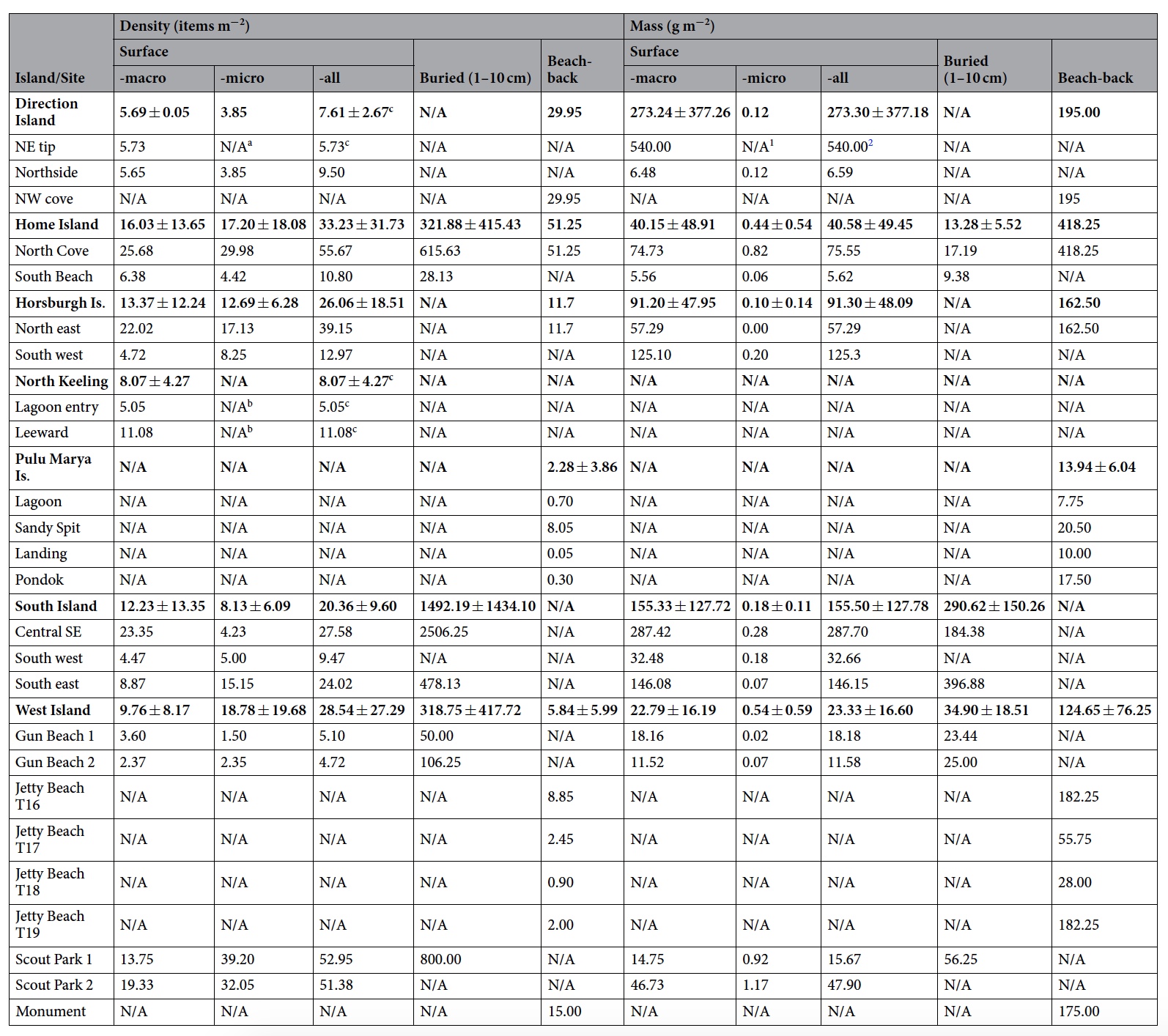
Table of indicators of the density of garbage by island and place of pollution.
About 6.32% of the total amount of garbage on the beaches (1,467 units or 0.23 kg) was found in the land (buried garbage). The density of the buried garbage ranged from 28.13 to 2506.25 units per m 2 depending on the location of the study. The average density is 654.91 ± 869.97. Calculations showed that about 61.60 tons of garbage (383.99 million units) were buried throughout the islands.
Sites of the beach that are affected by water only in cases of severe storms have also been covered with garbage. In total, about 2622 units with a total weight of 25.71 kg were seized. These data apply only to the studied areas, the total area of which is 240 m 2 . The density of garbage in these areas ranged from 2.28 to 51.25 units per m 2 (average density: 10.93 ± 15.39). Thus, the coastline of all islands is polluted by 15.32 million units of garbage (128.42 tons).
Garbage can be different depending on the material from which it is made. Paper and wood are not as scary as plastic, because of the time required for decomposition. Unfortunately, 95.41% of the investigated garbage was made of plastic. The most massive plastic rubbish turned out to be objects that can often be found on beaches with vacationers: shoes (flip flops) - 549 units, drinking straws - 235 units and bottle caps - 840 units.
For a more detailed study of the study, I recommend that you look into the report of scientists .
Conclusions (terrible and obvious)
In total, taking into account all the observations and calculations, scientists found that there are 413.6 million units of garbage in the Cocos Islands, that is 238 tons. For comparison, the weight of one packaging bag of 8 × 10 cm is approximately 0.4 grams. If we have 238 tons (238 million grams), then we get 595 million packaging bags.
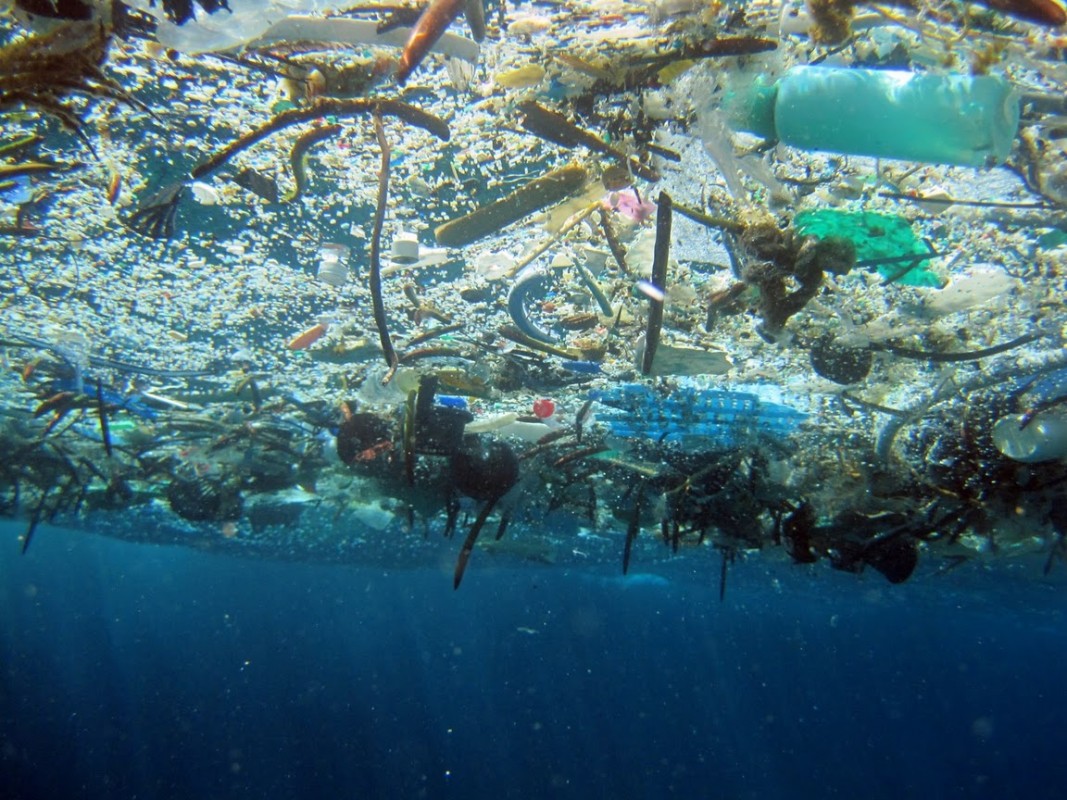
At the same time, scientists note that despite impressive figures, real ones can be even larger, because they were not able to explore the entire area of the islands by 100%, and the calculations always have a certain error. For example, buried garbage was removed no deeper than 10 cm and only in certain areas of the study. In other words, scientists call their data very “positive,” since in reality the situation with pollution is even worse.
The terrifying picture of turning tropical paradise into a trash is not unique to the Cocos Islands. From the south to the north pole a huge number of the same polluted islands. Coconut islands only serve as an example to demonstrate the gloomy situation.

The cruel irony lies in the fact that many islands (like the Cocos Islands) are inscribed on the World Heritage List or are national parks. In such places, human activity is not conducted, people do not live (practically), but there is still garbage. It may not be produced on the islands themselves, but through the oceans they sail to their shores.
By 2025, the number of garbage polluting the oceans and islands will increase by an order of magnitude. Cleaning up what is already there is not a panacea, for it will take months. And then it will beat another couple tons of garbage in waves. As an example, the researchers cite the Vietnamese: in the Cocos Islands there are about 977,000 units (in the form of garbage), and the inhabitants of the same islands will need about 4000 years to independently accumulate so many shoes in the form of garbage. That is, it is impossible to regulate the procedures for the processing of garbage, to tighten the penalty for pollution, etc. only where there is a lot of garbage, because not all this garbage is produced there.
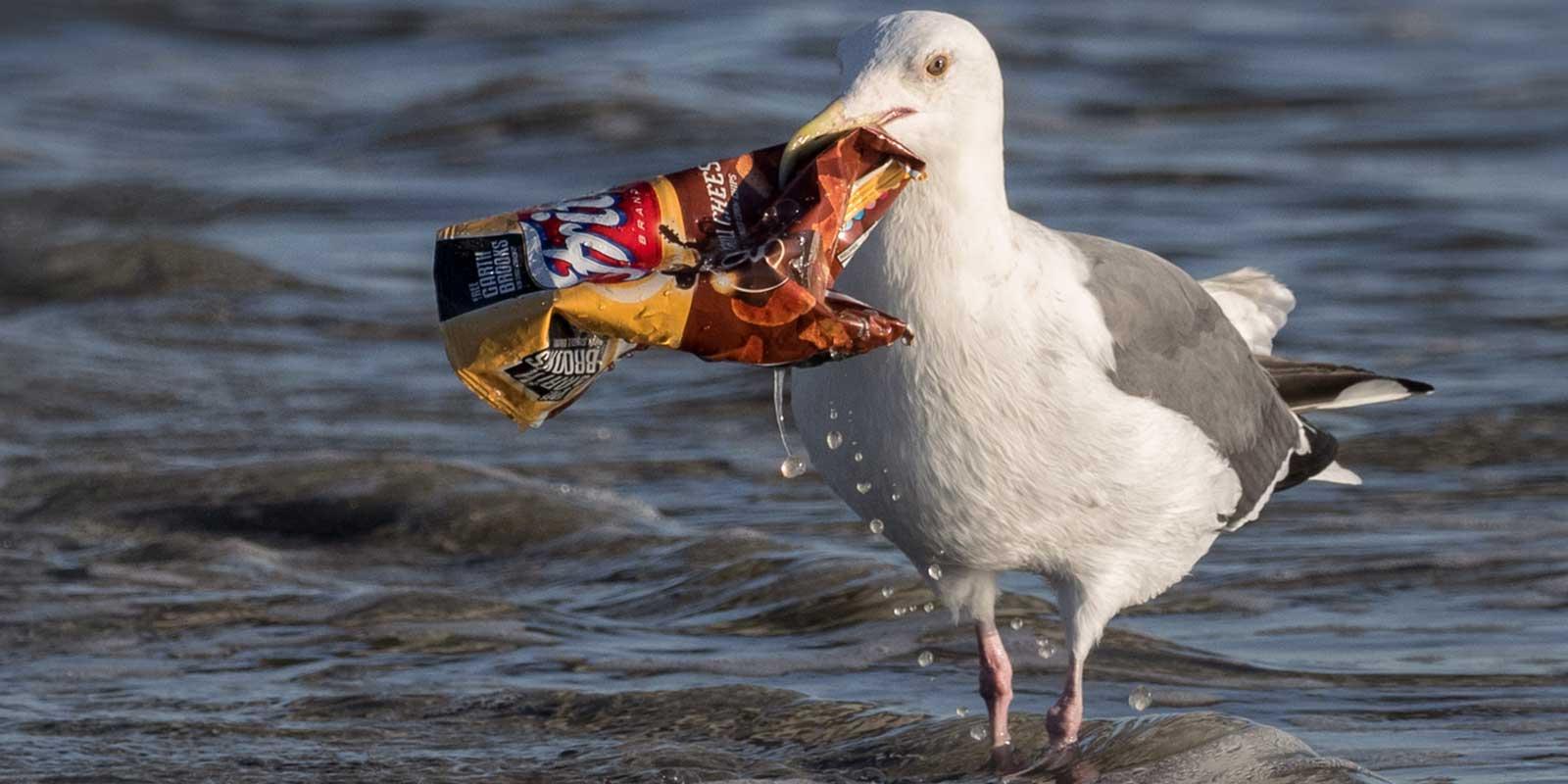
The big problem for many island states wishing to overcome the garbage epidemic is the lack of facilities for processing or at least dumping garbage. Coconut islands cannot even turn to neighbors for help, because Australia very strictly regulates everything that falls into its territory. If according to the laws it is impossible to bring some products, then what can we say about garbage.
The situation with pollution of the oceans is similar to the situation with global warming: until the rooster pecks below the tailbone, no one lifts a finger, sorry for the harsh statement. Some say that the government should do this, others that each of us is involved in the pollution process. But both are right. We can throw plastic in a garbage container for recycling, but where will the garbage truck take it? No, this does not mean that you need to stop sorting your garbage. You need to sort, it's just necessary. But that is not enough.
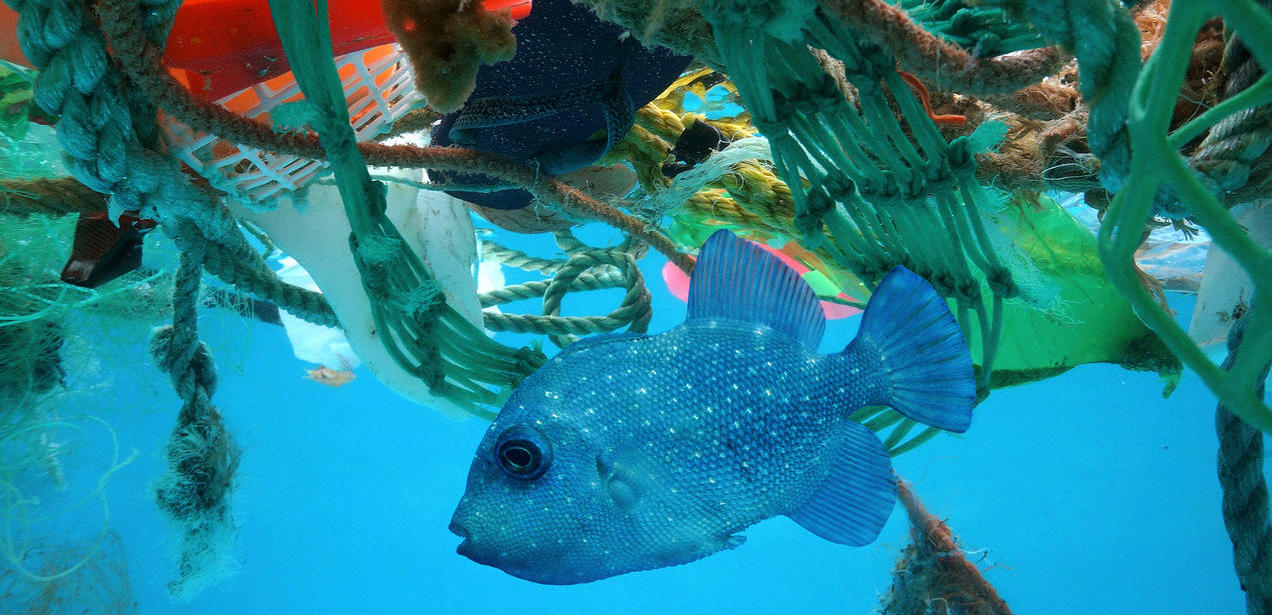
As the fish rots from the head, so the trash path ending on the beaches of the Cocos Islands originates from production. Plastic is an ideal material for packaging - lightweight, easy to manufacture, and most importantly, damn cheap. If you use materials that will decompose very quickly in the earth, then the price of goods made from them will increase. However, this is due to the fact that the production of environmentally friendly materials is not so massive. Of course, if you produce 1000 plastic bags per day at equal costs, they cost a penny, and if you produce 10 paper bags, for example, they cost more. Someone will say that the production of an environmentally friendly bag takes place at a factory, which may be far from environmentally friendly. This is a true point. Absolutely environmentally friendly can only be called the product which is not only made of such materials, but also the process of its manufacture did not have a negative impact on the environment. It sounds more like a utopia, an impracticable future than reality. Which factory wants to completely change its production, the materials and products used to calm a couple of hysterical ecologists? But the fact is that this is not hysteria and not panic, it is common sense. If you litter it will be dirty. If you don’t clean, it will be dirty. If you don’t recycle, then there will soon be packet storms, foam snow and Vietnamese islands. to calm a couple of hysterical ecologists? But the fact is that this is not hysteria and not panic, it is common sense. If you litter it will be dirty. If you don’t clean, it will be dirty. If you don’t recycle, then there will soon be packet storms, foam snow and Vietnamese islands. to calm a couple of hysterical ecologists? But the fact is that this is not hysteria and not panic, it is common sense. If you litter it will be dirty. If you don’t clean, it will be dirty. If you don’t recycle, then there will soon be packet storms, foam snow and Vietnamese islands.
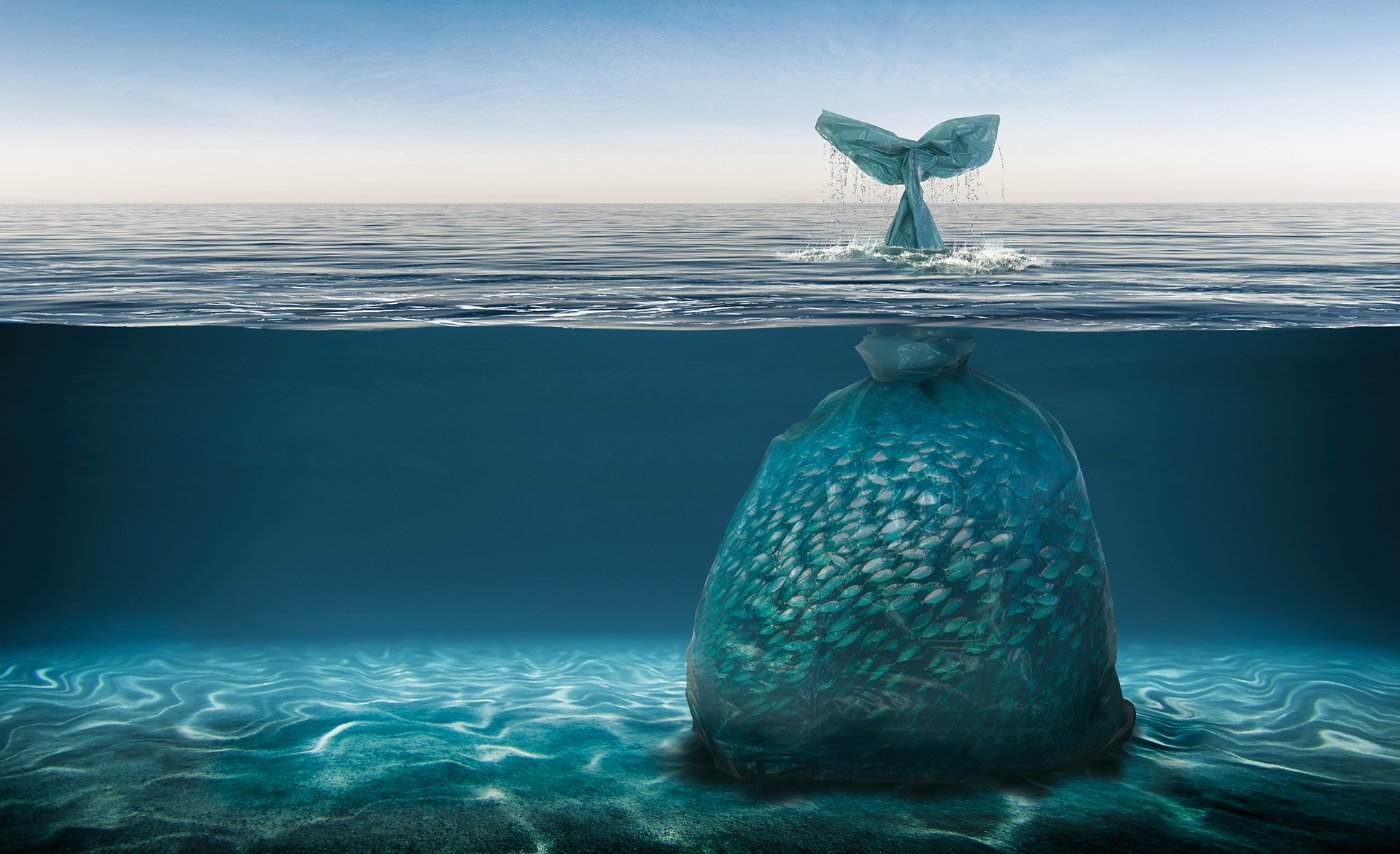
The devastation is not in the closets, but in the heads. Yes, it’s difficult for a person to reorganize in a new way, but it is necessary. Yes, sorting garbage takes more time and effort than banal throwing a garbage bag into one container. You can’t live by the principle of “a, after me even a flood”.
With all the horror of the environmental situation in the world, there is hope, small, visible only under a microscope, but it is. I will give an example from personal experience. In the courtyard of my house used to be the usual garbage cans. Later put 2 normal and 2 for recyclable waste. For the first few months, filling speed was not in favor of recycling - people continued to throw everything in the usual way in ordinary containers. But then, slowly and confidently, the situation became different - people began to sort the garbage. Now in the courtyard there are already 3 containers for recycling, and in the hallways there are small boxes for batteries and accumulators with a funny inscription “Batteries, give up!”. All these are little steps in the right direction. For it doesn’t matter who you are, where you come from or what your views on the world around you, it’s important that we live on the same planet.
Friday off-top:
Beach in Mumbai: a story about how people can ruin everything, but they can also fix it.
Thank you for your attention, remain curious, take care of nature, sort the garbage and have a great weekend for everyone, guys!
Beach in Mumbai: a story about how people can ruin everything, but they can also fix it.
Thank you for your attention, remain curious, take care of nature, sort the garbage and have a great weekend for everyone, guys!
Thank you for staying with us. Do you like our articles? Want to see more interesting materials? Support us by placing an order or recommending it to your friends, a 30% discount for Habr users on a unique analogue of entry-level servers that we invented for you: The whole truth about VPS (KVM) E5-2650 v4 (6 Cores) 10GB DDR4 240GB SSD 1Gbps from $ 20 or how to divide the server? (options are available with RAID1 and RAID10, up to 24 cores and up to 40GB DDR4).
VPS (KVM) E5-2650 v4 (6 Cores) 10GB DDR4 240GB SSD 1Gbps until the summer for free when paying for a period of six months, you can order here .
Dell R730xd 2 times cheaper? Only we have 2 x Intel TetraDeca-Core Xeon 2x E5-2697v3 2.6GHz 14C 64GB DDR4 4x960GB SSD 1Gbps 100 TV from $ 199in the Netherlands! Dell R420 - 2x E5-2430 2.2Ghz 6C 128GB DDR3 2x960GB SSD 1Gbps 100TB - from $ 99! Read about How to Build Infrastructure Bldg. class c using Dell R730xd E5-2650 v4 servers costing 9,000 euros for a penny?
